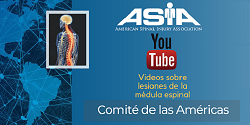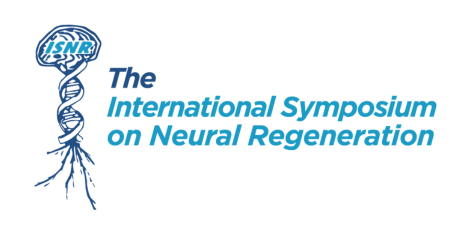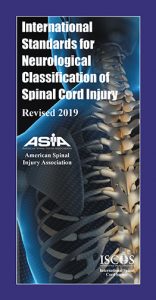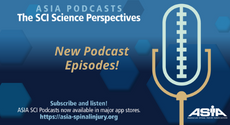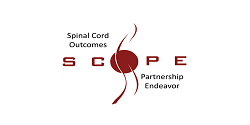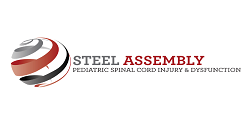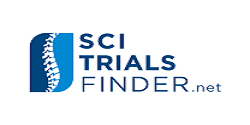| Health Maintenance Checklist |
|---|
1. Encourage the patient to reduce the number of cardiometabolic risk factors to <3, such as recommending a goal to:
a. Reduce body fat to achieve body mass index ≤ 22 kg/m2;
b. Reduce triglycerides to ≤ 150 mg/dL and increase HDL-C to ≥ 40 mg/dL;
c. Reduce fasting blood glucose to ≤ 100 mg/dL and/or HbA1c to < 7%.
2. Encourage exercise ≥ 150 minutes per week to increase energy expenditure sufficiently to achieve neutral of negative (fat loss) energy balance.
3. Encourage adoption of a heart-healthy diet with focus on fruits, vegetables, whole grains, low-fat dairy, poultry, fish, legumes, and nuts to achieve neutral or negative (fat loss) energy balance.
4. Recommend limiting saturated fat to 5% to 6% of total caloric intake.
| Lista de verificación de mantenimiento de la salud |
|---|
1. Alentar al paciente a reducir el número de factores de riesgo cardiometabólicos a <3, tal como recomendar un objetivo de:
a. Reducir la grasa corporal para lograr un índice de masa corporal ≤ 22 kg / m2;
b. Reducir los triglicéridos a ≤ 150 mg / dL y aumentar el HDL-C a ≥ 40 mg / dL;
c. Reducir la glucosa en sangre en ayunas a ≤ 100 mg / dL y / o HbA1c a <7%.
2. Fomentar el ejercicio ≥ 150 minutos por semana para aumentar el gasto energético lo suficiente como para lograr un balance energético neutro o negativo (pérdida de grasa).
3. Fomentar la adopción de una dieta saludable para el corazón que se centre en frutas, verduras, cereales integrales, productos lácteos bajos en grasa, aves, pescado, legumbres y frutos secos para lograr un equilibrio energético neutro o negativo (pérdida de grasa).
4. Recomendar limitar las grasas saturadas del 5% al 6% de la ingesta calórica total.
.
| Episodic Care Considerations |
|---|
1. Determine resting energy expenditure (REE) every 1 to 3 years by indirect calorimetry to ensure accurate assessment of energy balance, and use REE to predict total daily energy expenditure (TDEE) to assist with nutritional counseling.
2. Annually assess body fat with dual-energy x-ray absorptiometry (DXA) or with obesity surrogate of body mass index ≥ 22 kg/m2.
3. Review negative energy balance, targeting diet (intake) and
exercise (expenditure) as needed for fat loss, lipid management, and target HbA1c.
4. Annually access fasting lipid profile or at minimum HDL-C and triglycerides and consider a prescription of statin or extended-release niacin to achieve target triglycerides ≤ 150 mg/dL and HDL-C ≥ 40 mg/dL.
5. Assess fasting blood glucose and HbA1c every 3 years, and consider prescription of metformin (first-line agent) to achieve target HbA1c <7%; second- and third-line agents may be required.
| Consideraciones de cuidado episódico |
|---|
1. Determinar el gasto energético en reposo (GER) cada 1 a 3 años mediante calorimetría indirecta para garantizar una evaluación precisa del balance energético, y utilizar GER para predecir el gasto energético diario total (GETD) para ayudar con el asesoramiento nutricional.
2. Evaluar anualmente la grasa corporal con absorciometría de rayos X de energía dual (DXA) o con un índice de masa corporal subrogado de obesidad ≥ 22 kg / m2.
3. Revisar el balance energético negativo, centrándose en la dieta (ingesta) y el ejercicio (gasto) según sea necesario para la pérdida de grasa, el control de los lípidos y el objetivo de HbA1c.
4. Valorar anualmente el perfil de lípidos en ayunas o como mínimo el de HDL-C y triglicéridos y considerar una prescripción de estatinas
o niacina de liberación prolongada para alcanzar los objetivos de los niveles de triglicéridos de ≤ 150 mg / dL y HDL-C ≥ 40 mg / dL.
5. Evaluar la glucemia en ayunas y la HbA1c cada 3 años y considerar la prescripción de metformina (fármaco de primera línea) para alcanzar el objetivo de HbA1c; agentes de segunda, o tercera línea, pueden ser requeridos.

